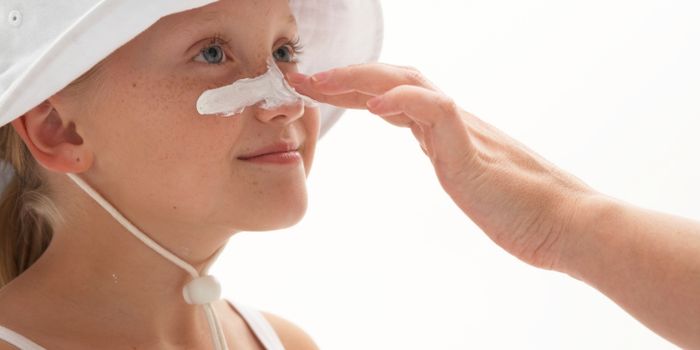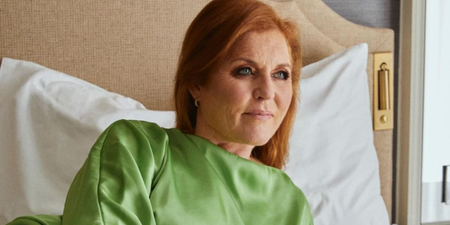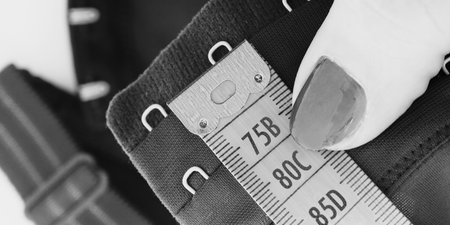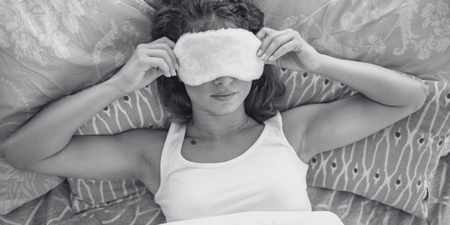Whether you know it or not, skin cancer is the most common cancer in Ireland and in a bid to heighten awareness, we have researched the topic.
The main skin cancers that are caused by sun exposure are squamous cell carcinoma, basal cell cancer and malignant melanoma.
Basal cell carcinoma is a cancer of the cells at the base of the epidermis, which is the outer layer of the skin. This is the most common type of skin cancer.
Squamous cell carcinoma affects cells nearest the surface of the skin and this is the second most common type.
Melanoma is a more serious type of cancer and forms in the cells that make melanin, the pigment that gives skin its colour.
Recent statistics released by the Irish Cancer Society show that getting sunburnt as a child can increase the risk of getting skin cancer in later life and that while a tan may look great, it will fade and leave sun damaged skin behind.
Sensible sun habits are essential for the prevention of skin cancer, including regular SPF application when exposed to sunny conditions and remembering to wear both sunglasses and sun hats.
Applying sun cream half an hour before going out in the sun and reapplying every two hours is essential and never forget to apply SPF to your hands, ears, chest and neck as these areas are also vulnerable to skin damage.
If you notice any of the changes mentioned in the ABCDE format and Ugly Duckling sign below, have the mole/freckle/skin lesion in question checked immediately.
Asymmetry: If you draw a line through this mole, the two halves will not match.
Border: The borders of an early melanoma tend to be uneven with notched or scalloped edges.
Colour variation: A variety of colours or shades – brown, tan, black, blue, red, whitish – is another warning sign
Diameter: Melanomas usually are larger (1/4 inch or 6 mm), but they may be smaller initially.
Evolution: Any change in size, shape, colour or another trait, or new symptoms such as bleeding, itching or crusting
Ugly duckling sign: Melanomas look different (they are ugly ducklings) when compared with surrounding moles)
Dr Patrick Ormond, Consultant Dermatologist at St James Hospital, has some expert advice on the subject, particularly applying to sun protection in children: “The most important aspect of sun protection in children is the development of good behaviour and awareness that will last throughout life. Behaviour of parents and children in Australia was greatly altered by intensive public health awareness campaigns.
“Children’s skin is different from adults. There is evidence that the warning signs of acute sun damage (redness of sun burn) may take longer to manifest than in adults. Therefore more damage has been done by the time sunburn appears in a child than in an adult. The fact that the immune system is still developing throughout childhood may play a role in increasing the risks associated with sun exposure and skin cancer late in life.
“Clothing is the basics of sun protection, but are not an absolute ‘sun block’. A white T shirt has an SPF of about 7. A wet white T shirt has an SPF of about 3. Darker colours are better as they absorb UV better than white. Sun protection in children, as with adults, is a mixture of different strategies. Sunscreens should only be used as complementary to other methods of reducing sun exposure such as clothing and staying out of the sun”.
For more information, visit the Irish Cancer Website here.




















































